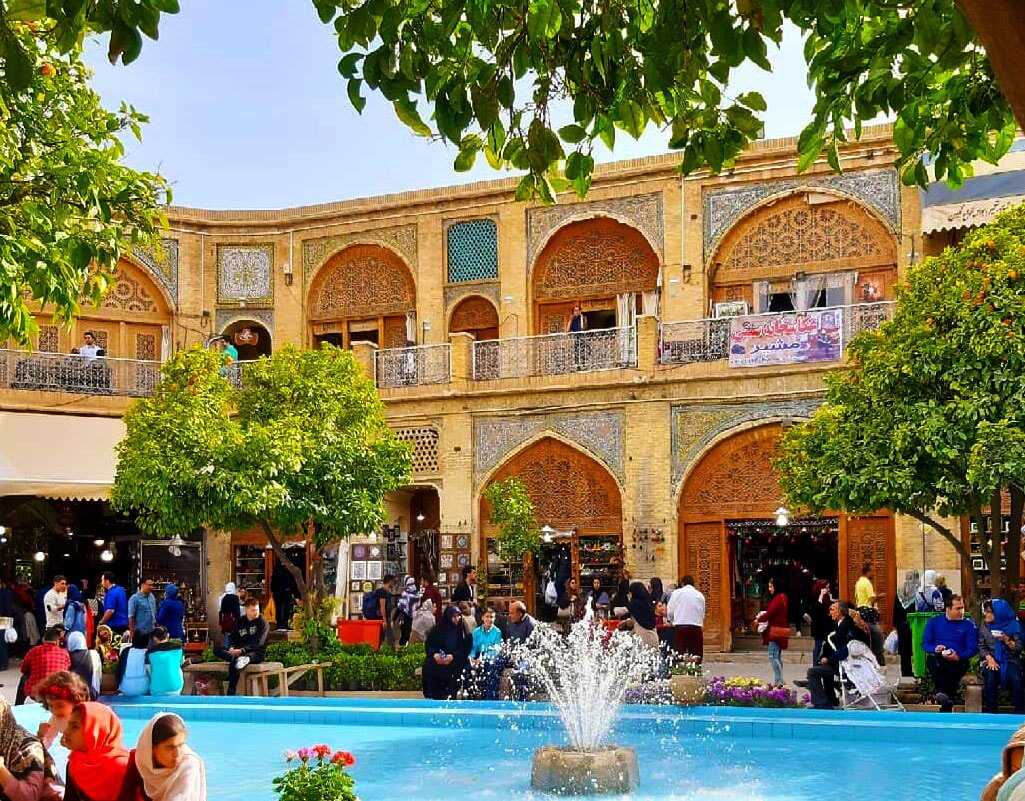Restoration project worth $1.7 million announced for Bazaar-e Vakil

TEHRAN - Fars province’s tourism chief has unveiled plans for a substantial restoration project aimed at preserving the historical Bazaar-e Vakil in Shiraz.
“Bazaar-e Vakil will be restored with a budget of 100 billion tomans (some $1.7 million) …. This initiative seeks to safeguard the architectural and cultural heritage of the centuries-old bazaar,” Mohammad Sabet-Eqlidi said.
Paying a visit to the bazaar on Sunday, the official highlighted the commencement of preliminary work for the ambitious restoration project.
He stressed the necessity for a meticulous plan to address the intricacies of the restoration process effectively.
The project is structured into 14 distinct phases to ensure comprehensive coverage and meticulous attention to detail, he added.
According to ISNA, the Vakil Bazaar was inscribed on Iran's National Heritage List in 1973, underscoring its significance as a cultural landmark of immense historical value.
With its atmospheric maze of meandering alleys behind the screaming street traders, Bazaar-e Vakil has always been a bustling tourist destination in downtown Shiraz.
Seray-e Moshir - a restored caravanserai, Shamshirgarha Bazaar - a tribal handicraft arcade, and Seray-e Mehr Teahouse – a distinctive place to make a pause, may be the highlights of a stroll through the bazaar.

Today, the bazaar is home to almost 200 stores selling carpets, handicrafts, spices, antiques, leatherwork, and clothes amongst others. Its broad vaulted passageways are designed in such a way that ensures the interior remains cool in summer and warm in wintertime.
While most of its structures and marketplaces are associated with the 18th century onwards, the history of trade in the bazaar is rooted much deeper in time, as narratives say the market was originally established by the Buwayhids in the 11th century CE.
Some visitors refer to Iranian bazaars as “a city within another” because most of them embrace mosques, madrasas, bathhouses, guesthouses, banks, once thriving caravansaries, and residential neighborhoods.
In the Iranian culture, bazaars have been traditional public spaces in Iranian cities with great contributions to commercial activities in urban life. Meanwhile, their extended activities can be traced to social, cultural, political, and religious roles.
Shiraz is home to some of the country’s most magnificent buildings and sights. Increasingly, it draws more and more foreign and domestic sightseers flocking into this provincial capital, which was the literary capital of Persia during the Zand dynasty from 1751 to 1794.
AM
